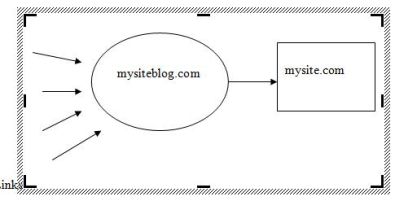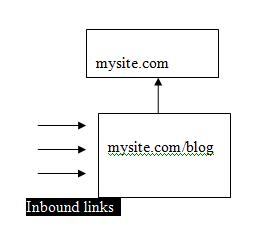Domain Diversity – Key Metric For Higher Google Rankings
Domain diversity is an important SEO factor that is crucial for a site in order to rank well on the Google SERPs. This is achieved by the site gaining inbound links from a diverse set of domains. This is a daunting task as it is not easy to get inbound links. The best way to achieve this is for the site to contain top quality content that makes it a standout in the industry in which it operates.
Research done by the experts at SEOmoz indicated (above the 95% confidence level) that domain diversity is a key metric that helps a site achieve top rankings. The diversity here refers to the number of links coming from a variety of root domains to the site in question.
The links gained are all the more powerful when the anchor text in the link contains keyword phrases that aptly describe the nature of the page/site gaining the links. It is not easy to control this factor as the site linking in will not always choose anchor text that is appropriate to your site.
The other important factor here is the trust and authority of the domains linking in to your site. When you have a good quality site with lots of valuable content, you will attract links from a variety of domains. A percentage of such inbound links is bound to be spammy. Google looks at the ratio of percentage of such spammy links to the total number of inbound links to your site and has a threshold of acceptance for such aberrations.
The topical focus of the domains linking to your site is a big boost in the entrie scheme of things. Though Google has not professed to being semantically inclined in its algorithms, it is important to have relevant links to your site than totally irrelevant ones.
There are a variety of ways in which links can be built. A good post on gaining inbound links from diverse domains shows exactly that.
Consolidation of Links From Various Domains:
A great video post on microsites by Rand shows that it is better to concentrate your efforts of building content on a single domain on which your site resides rather than increasing the division of labour and hence dilution in focus by creating microsites and blogs.
Rand gives a clear example wherein a site owner has two distinct domains, one for her blog and one her actual site. Pictorially, it can be depicted as:
There are several inbound links coming into the site owner’s blog site. She has done all the hard work in publishing valuable content to attract these links from various domains with relevant anchor text. She now passes a link to her main site with the same anchor text directed at a specific money page on her site. This is deficient in two ways.
Firstly, the accumulated pagerank juice from all the inbound links are not transferred appropriately from the blog site to the parent site by means of a single link even though the anchor text is relevant to the landing page on her main site.
Secondly, Google sees just one domain (the mysiteblog.com) linking to the parent site (mysite.com). The inbound links to the blog site come from different domains. This is not going to help the owner rank well for the specific keyword phrase of her choice. A lot of hard work does not translate into actual results in this case.
An ideal scenario in this case would be to have the blog as part of the main domain. Even if the blog receives multitude of links from various domains, it is still part of the main site and it strengthens the domain diversity of the links now pointing to the site. It can be something like this:
To integrate the blog within the parent domain, all the posts on the blog site domain can be created afresh under a sub-folder called blog on the mysite.com domain under the same URLs and all the posts on the blog site can be permanently redirected to the new blog sub-folder.
The advantages of the new setup is that Google sees mysite.com domain to be the recepient of links from a variety of domains. The owner now needs to publish her content in only one place on her blog and cuts out duplication of work. In cases where site owners make posts on their blog and transfer the same content on to their main site, the problem of duplicate content is also eradicated.
Ravi Venkatesan is a senior SEO consultant at Netconcepts, an Auckland search engine marketing company with a great track record of achieving clear cut results to boost the rankings and ROI of their client sites over the past 10 years using best practices in both organic seo and pay per click marketing. They serve clients in both New Zealand and Australia.
Possible Related Posts
Posted by Ravi of Netconcepts Ltd. on 07/12/2009
Permalink | |  Print
| Trackback | Comments (0) | Comments RSS
Print
| Trackback | Comments (0) | Comments RSS
Filed under: Best Practices, Link Building, Search Engine Optimization, SEO anchor text, auckland search engine marketing, blog integration, consolidation of links, domain authority, domain diversity, domain trust, inbound links, metric for higher google rankings, microsites, Netconcepts, topical focus




No comments for Domain Diversity – Key Metric For Higher Google Rankings
No comments yet.
Sorry, the comment form is closed at this time.